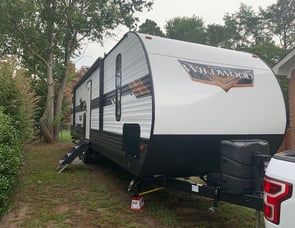Congaree National Park
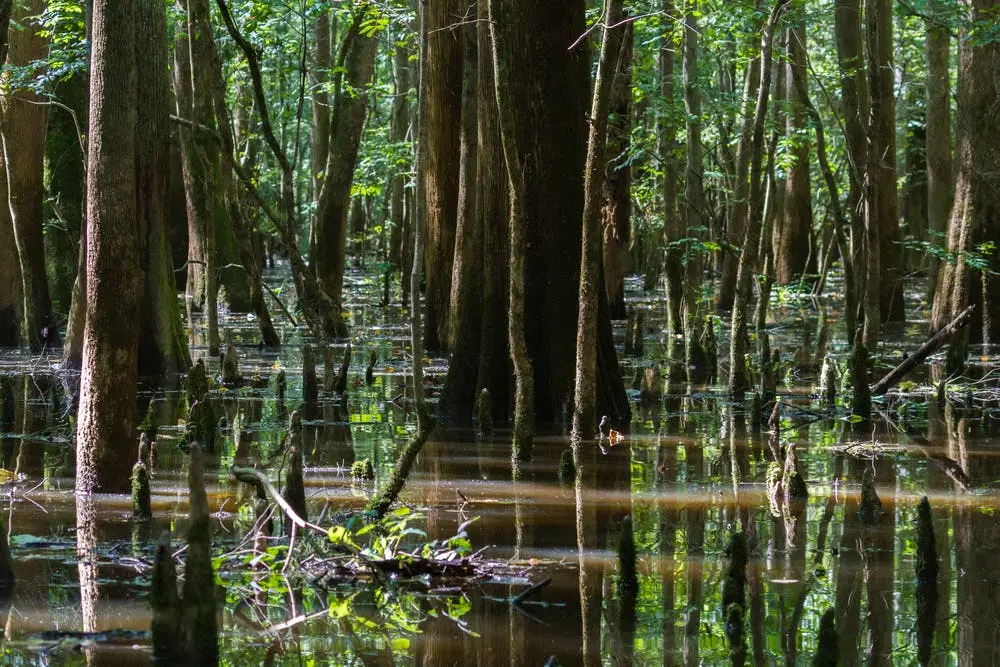
WIDE-RANGING INVENTORY
From affordable pop-ups to luxury motorhomesLARGEST RV RENTAL MARKETPLACE
Thousands of 5 star reviews from happy customersSECURE AND MOST TRUSTED
24/7 Emergency roadside assistance on every booking- Home
- National Parks
- Congaree National Park
RVers will find much to explore in Congaree National Park's top attraction — the largest remaining bottomland hardwood forest in North America. The rivers and streams that surround the gum, oak, and cypress trees are exceptional for kayaking and canoeing. Fall is the best time for RVing to Congaree National Park because the crowds are small, and the bugs are gone for the year. Except for certain holidays, the visitor center is open from 9 a.m. until 5 p.m. daily. The city of Columbia and its suburbs have plenty of RV rentals near Congaree National Park. It's always a good idea to check the current conditions at Congaree National Park before visiting to make sure all the trails and roads are open. Note that RV camping is not permitted at this national park. If you'd like to stay overnight, you need a permit to camp in the backcountry, and you need reservations if you want to stay at one of the two campgrounds that offer tent camping. RV parking in Congaree National Park is available if you have a small or medium-sized RV. You can park it overnight in the oversized vehicle parking lot at the visitor center while tent camping, but you aren't allowed to stay inside your RV at night. Additionally, you have to reserve and pay for the campsite online prior to arrival.
- Spring 68-82 F
- Summer 82-92 F
- Fall 74-85 F
- Winter 33-57 F
- Coming soon
RV Rentals Near Congaree National Park
Nearby RV Rentals

Congaree National Park Hiking Trails
There are only 10 marked hiking trails within Congaree National Park. Remember, the later you get in the year, the more of the park will be underwater. At the water's usual highest level, about 80% of the park, including most of the hiking trails, will be submerged. Still, when the trails are above water, they provide superb access to the region's biodiversity.
Trails
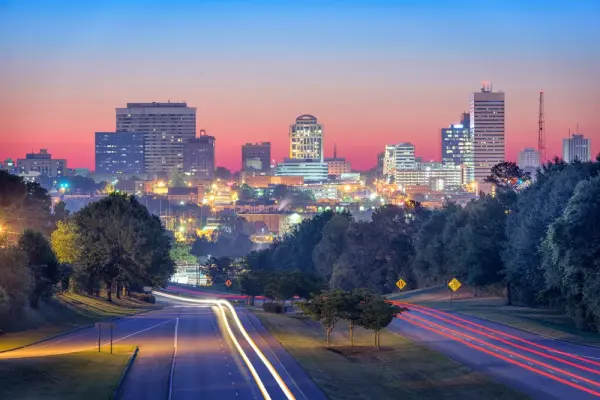
Things to do Outside Congaree National Park
The choice of cuisines in area restaurants ranges from southern barbecue at Big T Bar-B-Q to breakfast specials at JD's Place. Meanwhile, you can drive only about 30 minutes to the state capital and visit the Columbia Zoo, catch a Columbia Fireflies game during baseball season, or take a tour of the Columbia Museum of Art.
Discover Nearby Towns and Cities
RV Resorts & Campsites near Congaree National Park
RV camping is not available at Congaree National Park. All of the campsites are walk-in and for tent camping only. You'll find both private RV resorts in surrounding cities and campgrounds near Congaree National Park that accommodate RVs at Francis Marion National Forest.
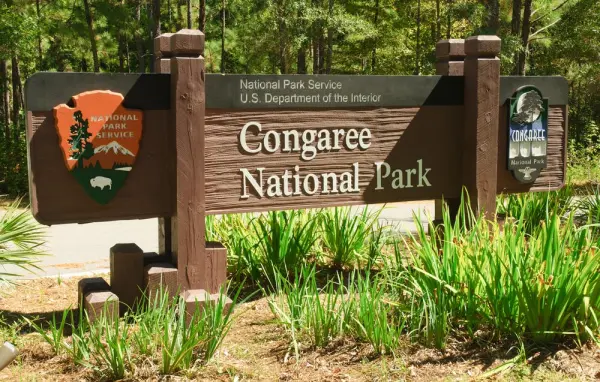
Campgrounds Near Congaree National Park
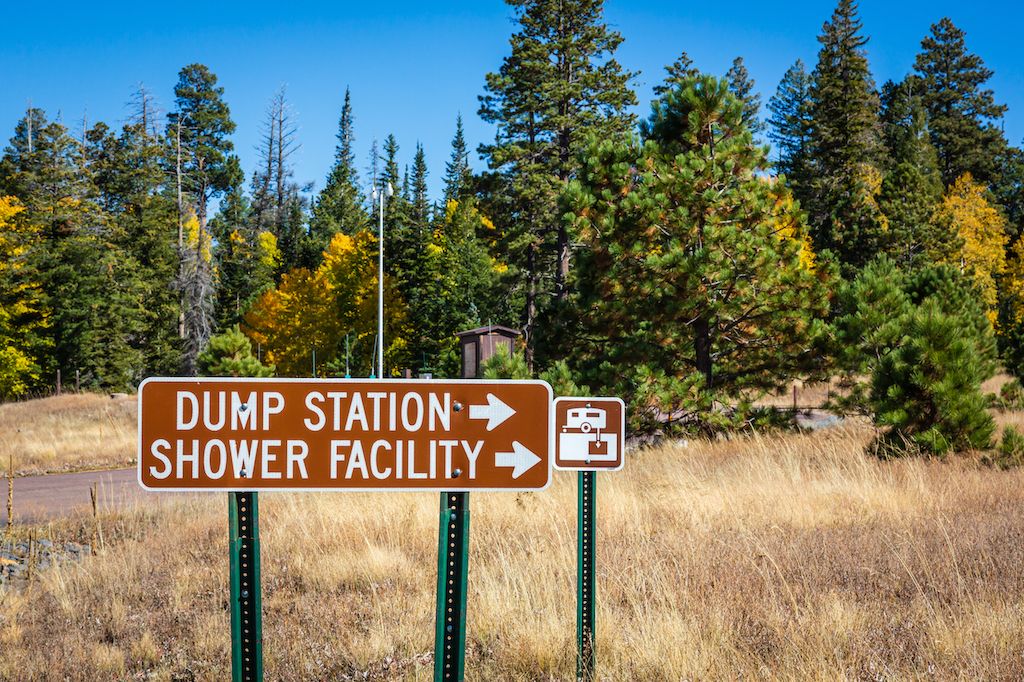
Find the Best Dumpstations Near Congaree National Park
Dumpstations Near Congaree National Park
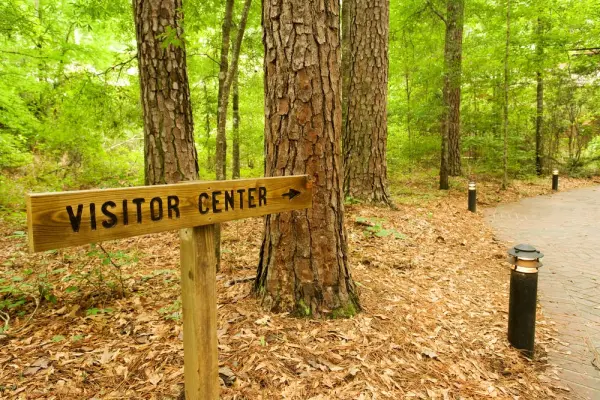
How to get to Congaree National Park
The closest major airport is Columbia Metropolitan Airport. To get to Congaree National Park from there, take Airport Boulevard northeast. Cross under Route 26, and then turn southeast at the next light. Follow that access road, and merge onto Route 26 going south. Follow the signs for Route 77, which is also known as the Veterans Memorial Highway and head east. Follow the signs for Route 48/Bluff Road. Drive south-southeast on Route 48. Then, follow the signs for Congaree National Park. The next nearest airport is Charlotte Douglas International Airport. Begin driving to Congaree National Park by heading west on Route 74 after exiting the airport grounds. Follow the signs for Route 485 South. Continue on Route 485 and then take Route 77 going south until you reach the junction with Route 48. Drive southeast on Route 48, which will take you to Congaree National Park. Watch for the signs.

Frequently Asked Questions
Early spring before the bugs and early fall after the bugs are the best times to visit. They also happen to be the least busy times, so you can explore in solitude.
Hiking the Boardwalk Loop is the most popular activity, but kayaking or canoeing the many waterways in the park is a close second. Remember that the park doesn't actually rent canoes or kayaks, so you'd have to rent them before arriving.
Pets are allowed in Congaree National Park. Keep them on a leash, and clean up after them. Be sure to check your pet thoroughly for ticks if you've taken it on a hike through the woods.
No, there is only tent camping in the park and in the backcountry.
The park is as accessible as possible when considering the fact that it's prone to flooding at any time. You can secure an all-terrain wheelchair at the visitor center to be able to enjoy the park's 10 hiking trails, and the buildings in the whole park are accessible as well.
Related
RV Rentals Near Edmund RV Park Top RV Dump Stations In South Carolina RV Rentals Near Shellring RV Park RV Rentals Near Springwood RV Park RV Rentals Near Parris Island RV Park RV Rentals Near Columbia/camden RV Park RV Rentals Near Cypress Camping Resort RV Rentals Near Lakewood Camping Resort Top RV Dump Stations In Columbia, South Carolina RV Rentals Near Dreher Island State Park RV Rentals Near Sesquicentennial State Park RV Rentals Near Tanager Woods RV Campground RV Rentals Near River Bottom Farms Family Campground RV Rentals Near Ebenezer Park, Rock Hill, South Carolina RV Rentals Near Summerville Lakes RV Park and Campground
